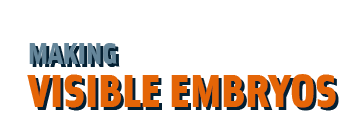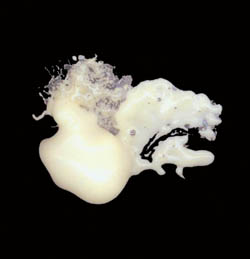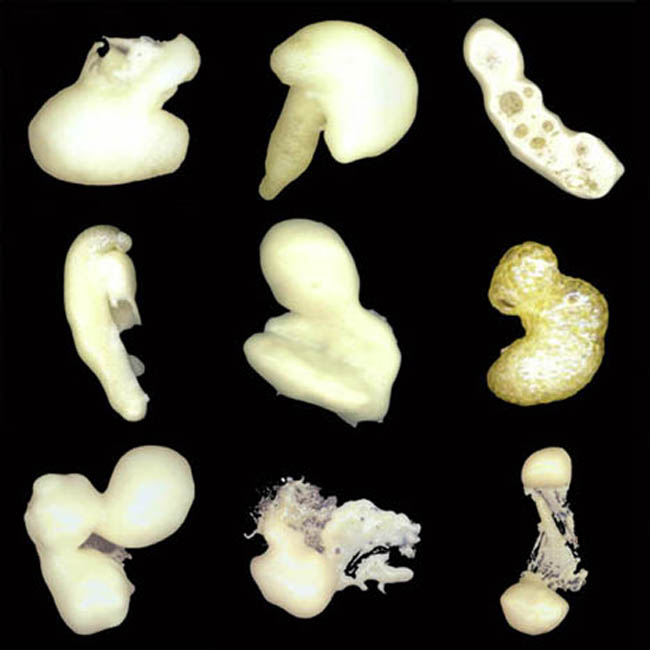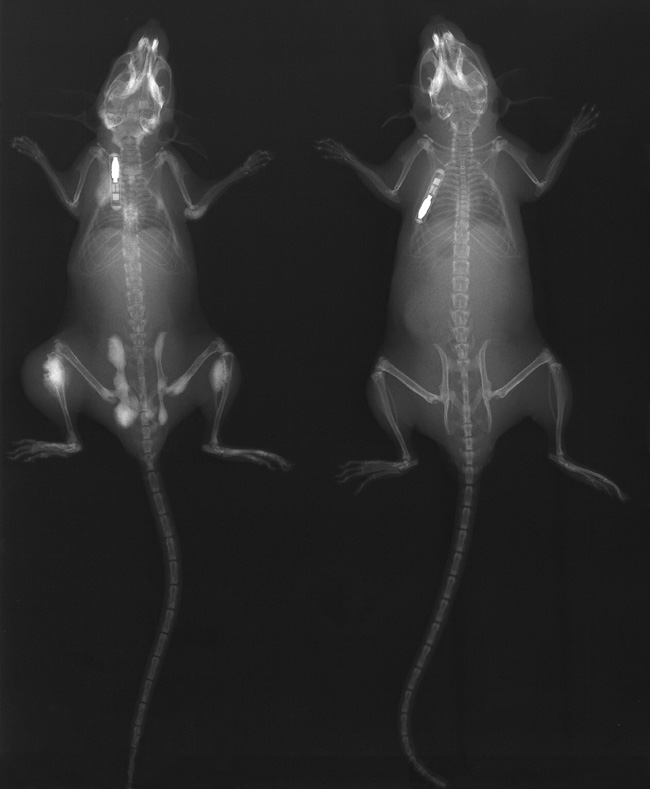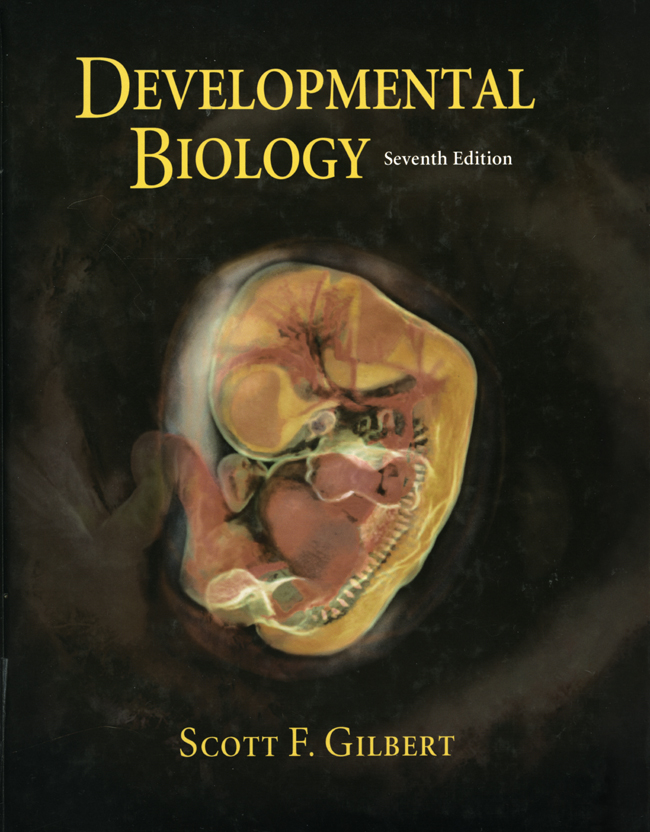Molecular futures in embryo
Sophisticated manipulations of human embryos, real and imagined, are today at the centre of debate about our biomedical future.
These practices and visions draw on a powerful combination of embryology and molecular genetics. In the 1980s ‘developmental biology’, embryology’s main successor science, was transformed by molecular cloning techniques. Developmental biologists learned to visualize the expression patterns of mRNA and proteins, and then to intervene in the germ-line to produce ‘transgenic’ mutants to order. These innovations revealed developmental mechanisms that are shared across the animal kingdom, and so made it possible to go beyond the handful of ‘model systems’—mice for mammals—on which almost all work had been done.
New techniques for culturing human embryos allowed embryologists to manipulate and investigate these as never before. The most important are technologies of assisted conception, the retrieval of human embryonic stem cells as potential sources of lines that could develop into any desired cell type, and the unexpected cloning of a sheep called Dolly. But were the new images beautiful and intellectually engaging tokens of a wonderful new power to improve human life, or harbingers of a not-so-brave new world that suddenly seemed scarily close?
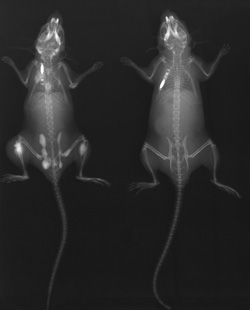
Transgenic and normal mouse, 1997 |
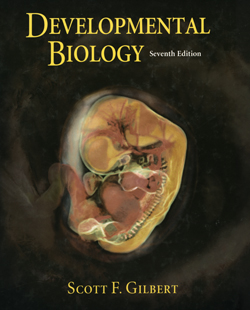
A human embryo on the cover of the leading textbook of developmental biology, 2003 |
